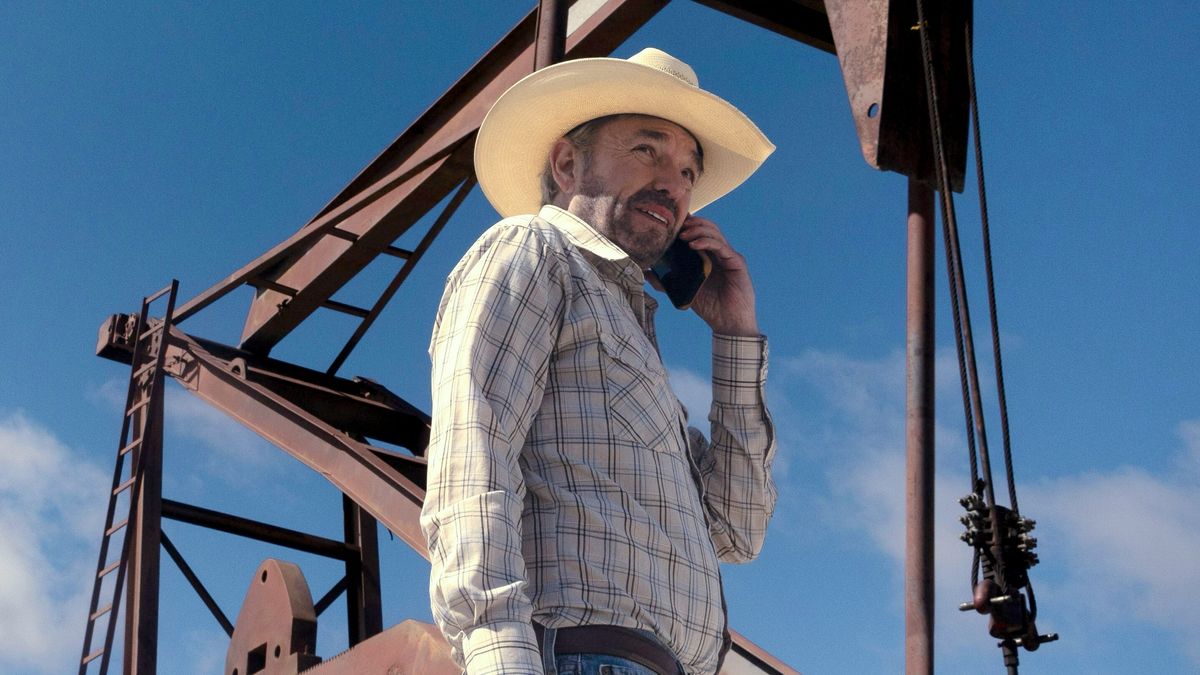 NASA’s X-59 quiet supersonic research aircraft sits in its run stall at Lockheed Martin’s Skunk Works facility in Palmdale, California, in this image from Oct. 30, 2024.
NASA/Carla Thomas
NASA’s X-59 quiet supersonic research aircraft sits in its run stall at Lockheed Martin’s Skunk Works facility in Palmdale, California, in this image from Oct. 30, 2024.
NASA/Carla Thomas
Why don’t we have supersonic aircraft any more? Although commercial supersonic air travel kicked off in the 1960s with the arrival of the Concorde, since that jet was retired in 2003, there are no supersonic jets in common civilian usage any more. Part of that is because the Concorde was expensive and difficult to maintain, and the increase in speed wasn’t worth the huge bump in money and effort it took to keep it flying. But another part of it is something that seems to be endemic to faster-than-sound travel: the sonic boom.
When an object accelerates to faster than the speed of sound, it creates shockwaves that cause a sonic boom. This is noisy enough to wake people sleeping beneath an aircraft’s flight path, and can even damage buildings or other structures on the ground. So, understandably, supersonic flights are forbidden across the U.S.
But NASA wants to show that faster-than-sound travel is possible without the annoyance of the boom, which is where its X-59 experimental aircraft comes in. The X-59, built by Lockheed Martin, is designed to create a “thump” rather than a boom when traveling past the sound barrier, with the aim to make it less annoying to those people beneath.
The aircraft recently fired up its engine for the first time, with tests checking that everything operates correctly when the engine is running at lower speeds before the engine is run up to its high speeds.
“The first phase of the engine tests was really a warm-up to make sure that everything looked good prior to running the engine,” said Jay Brandon, NASA’s X-59 chief engineer. “Then we moved to the actual first engine start. That took the engine out of the preservation mode that it had been in since installation on the aircraft. It was the first check to see that it was operating properly and that all the systems it impacted – hydraulics, electrical system, environmental control systems, etc. – seemed to be working.”
Though the X-59 is a research project, not an attempt to build a commercial aircraft, NASA’s aim is to create quiet supersonic technologies that could eventually be adopted by commercial companies. The Quesst mission involves not only building the X-59 aircraft,but also collecting data on how the noise is perceived by people on the ground, with the aim of getting the ban on supersonic flight lifted.
For now, the aircraft will remain on the ground as it goes through more testing before it takes to the air for its first flight test. “The success of these runs will be the start of the culmination of the last eight years of my career,” said Paul Dees, NASA’s deputy propulsion lead for the X-59. “This isn’t the end of the excitement, but a small steppingstone to the beginning. It’s like the first note of a symphony, where years of teamwork behind the scenes are now being put to the test to prove our efforts have been effective, and the notes will continue to play a harmonious song to flight.”

Georgina has been the space writer at Digital Trends space writer for six years, covering human space exploration, planetary…
NASA cracks open its first sample from an asteroid, foiling two sticky screws

NASA returned its first sample of an asteroid to Earth last year, landing a sample collected from asteroid Bennu in the Utah desert in September. Researchers were able to extract 70 grams of material from the canister that had been carried back to Earth by the OSIRIS-REx spacecraft, making this the largest asteroid sample ever brought to Earth. The scientists involved knew there was more material inside the mechanism, but getting at it proved difficult -- until now, as NASA has announced it has now managed to open up the troublesome mechanism.
You might think it would be an easy job to unscrew a canister and dump out the material inside, but extraction was a lengthy and technical process. That's because the focus was on preserving as much of the precious sample as possible, trying not to let any of the particles get lost. The issue was with two of the 25 fasteners that held the sample inside the collection mechanism. The mechanism is kept inside a glove box to prevent any loss, and there were only certain tools available that worked with the glove box. So when the fasteners wouldn't open with the tools they had, the team couldn't just go at them with any other tool.
Read more
NASA shows off its experimental, quiet supersonic aircraft, the X-59

NASA has shown off its new quiet supersonic aircraft, the X-59. Created along with Lockheed Martin, the aircraft is designed to reduce the sonic boom created by traveling faster than the speed of sound to what the agency calls a "sonic thump." Supersonic flights over land are currently forbidden due to the noise disturbance they cause, and the X-59 is an experimental aircraft aimed at reducing this noise to something more tolerable to those on the ground.
At an event today, Friday January 12, NASA debuted the aircraft ahead of testing. Its first flight is scheduled for later this year. In a statement, NASA said that it aims to use this one-of-a-kind airplane to gather data and pave the way for future commercial supersonic aircraft.
Read more
NASA’s Psyche spacecraft sends back its first image of a star field

NASA has shared the first images taken by its Psyche mission, which launched in October to study a strange metal asteroid located in the main belt between Mars and Jupiter. The spacecraft, which is still on its long journey, is expected to make its arrival at the asteroid in 2029 and is currently between the orbits of Earth and Mars. But it is already testing out its instruments by taking a test image using its two cameras and sending it back to Earth, in a process called first light.
The image captured by Psyche's cameras shows a field of stars in the constellation Pisces. It is a mosaic made from the total of 68 images taken by the two cameras, with its first camera Imager A taking images for the left side and its second camera imager B taking images for the right side.
Read more




















 English (US) ·
English (US) ·